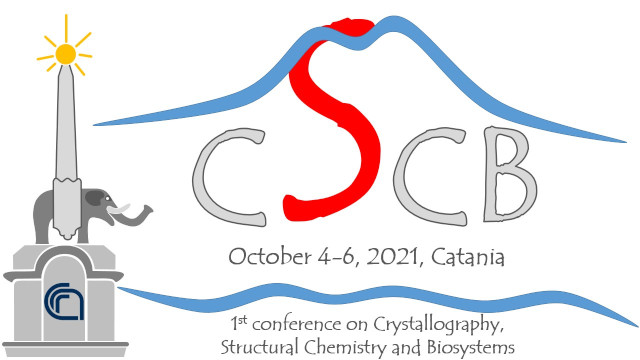Speaker
Description
It is known since 40’s that the rate of killing by antibiotic is in strict correlation with the bacterial growth rate, and that for non growing bacteria antibiotics result ineffective. The ability of some bacteria to enter and endure in a highly depressed non-replicating metabolic state has been recognize as a frequent cause of failure in the treatment of chronic infections, and the need for new targets whose inhibition kills both replicating and non-replicating bacteria has been highlighted [1].
Genomics-based reconstruction and experimental data showed that in bacteria the last two steps of NAD biosynthesis from a nicotinate mononucleotide (NaMN) precursor via nicotinate adenine dinucleotide (NaAD) intermediate are irreplaceable. The respective enzymes, NaMN adenyltransferase (NadD) and NAD-synthase (NadE), are conserved in most bacterial species, being quite distant from their human counterparts in term both of kinetic properties and structural features[18]. The inhibition of NadD enzymes was shown to kill bacteria both in the replicating and non-replicating state [2,3], validating NadD as a target for the development of new antibiotics.
We report on a structure-based virtual screening which indicated some cephalosporins as potential inhibitors of NadD enzymes. Ceftazidime, and other third generation cephalosporins, were confirmed to inhibit NadD of M. tuberculosis, E. coli and P. aeruginosa with Ki in the μM range. It was also found that Ceftazidime and Cefquinome speed-up the cell death rate in non replicating cultures of E. coli and P. aeruginosa. The same cultures were insensitive to high concentrations of Ampicillin and other cephalosporins which do not inhibit NadD. Showing that the observed toxicity depends on the impairement of NAD biosynthesis by Ceftazidime and Cefquinome. Altough their potency is probably not sufficient to suggest an alternative clinical use of these drugs, they might serve as lead compound to develop better NadD inhibitors and possibly new antibiotics.

